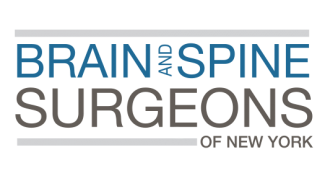
Neuromodulation for Cancer-Related Pain
Neuromodulation is a medical treatment that uses electrical pulses or chemicals directly on nerves, nerve clusters, or parts of the central nervous system to change how nerve signals are sent and received in the body in order to reduce or relieve pain.
During cancer treatment or after treatments are completed, it can be difficult to manage pain. Medications such as opioids may help at first but often have side-effects that outweigh the benefits. Additionally, many times the source of cancer-related pain may arise from multiple sites or be diffuse. Neuromodulation can be an effective tool in the management of cancer-related pain. These treatments target pain not at the site of the identified cancer or tumor, but rather at the level of the spinal cord or brain, altering or blocking the pain signals coming from the body.
COMMON NEUROMODULATION PROCEDURES FOR CANCER-RELATED PAIN:
Intrathecal Pain Pump
During cancer treatment, managing pain can be difficult. For patients unable to control their pain with medication or find the side-effects too severe, an Intrathecal Pain Pump may be the right option. The pump can present a solution to help deliver medications more effectively and efficiently manage a person’s pain by delivering the medication directly to the central nervous system bypassing the gut in the case of oral medications or the circulatory system in the case of intravenous medications.
Intrathecal pain pumps or intrathecal medication delivery systems are programmable pumps implanted in the body to provide timed and efficient delivery of pain medication. These pumps are implanted underneath the skin with a catheter or tube extending into the spinal canal. Intrathecal pumps release drugs directly into the spinal fluid surrounding the signaling nerve pathways of the spinal cord, resulting in the patients needing much lower doses of medications like morphine or opioids (as little as one thousandth of a traditional oral dose).
Spinal Cord Stimulation
Spinal Cord Stimulation (SCS) provides electrical stimuli to the spinal cord to change or modulate pain signals before they can be interpreted by the brain. After a trial to test whether this treatment is effective is performed, a programmable battery is inserted underneath the skin that is connected to cables or leads extending into the spinal canal where the spinal cord is situated. This treatment may be the right choice for people who no longer respond to medications or have no other surgical options for the treatment of their cancer pain.










